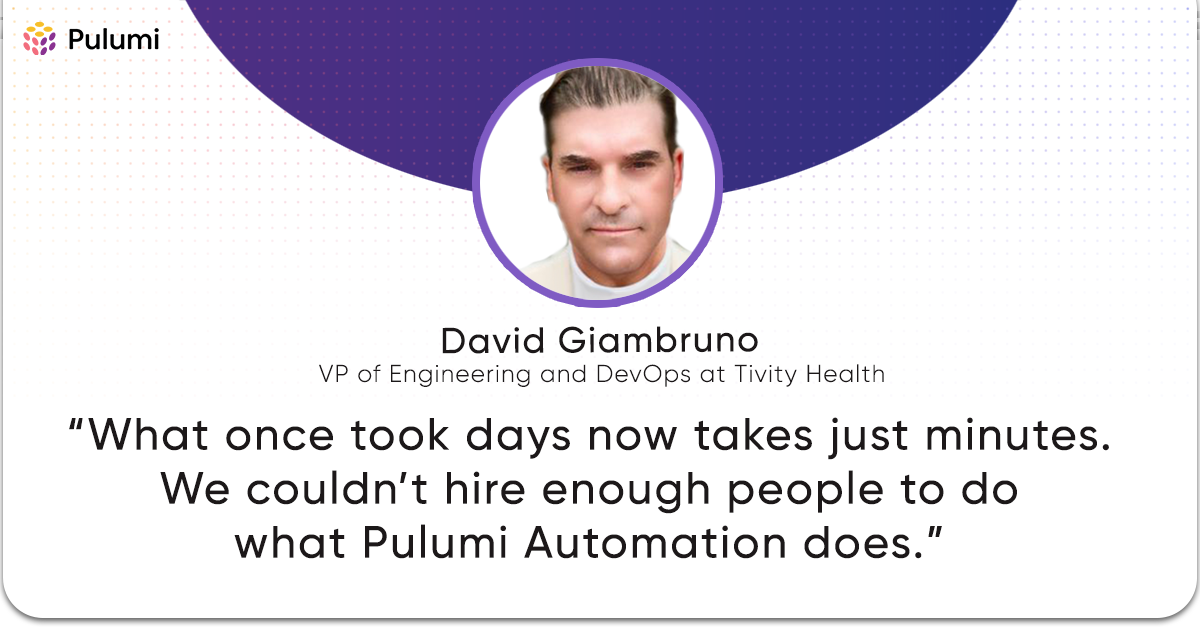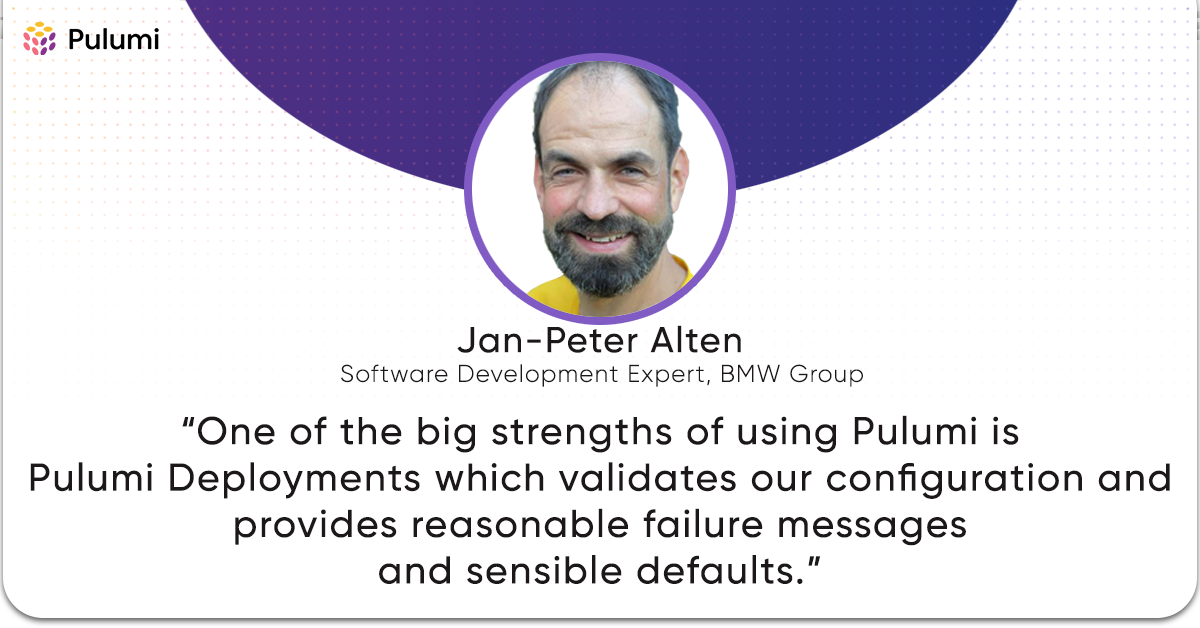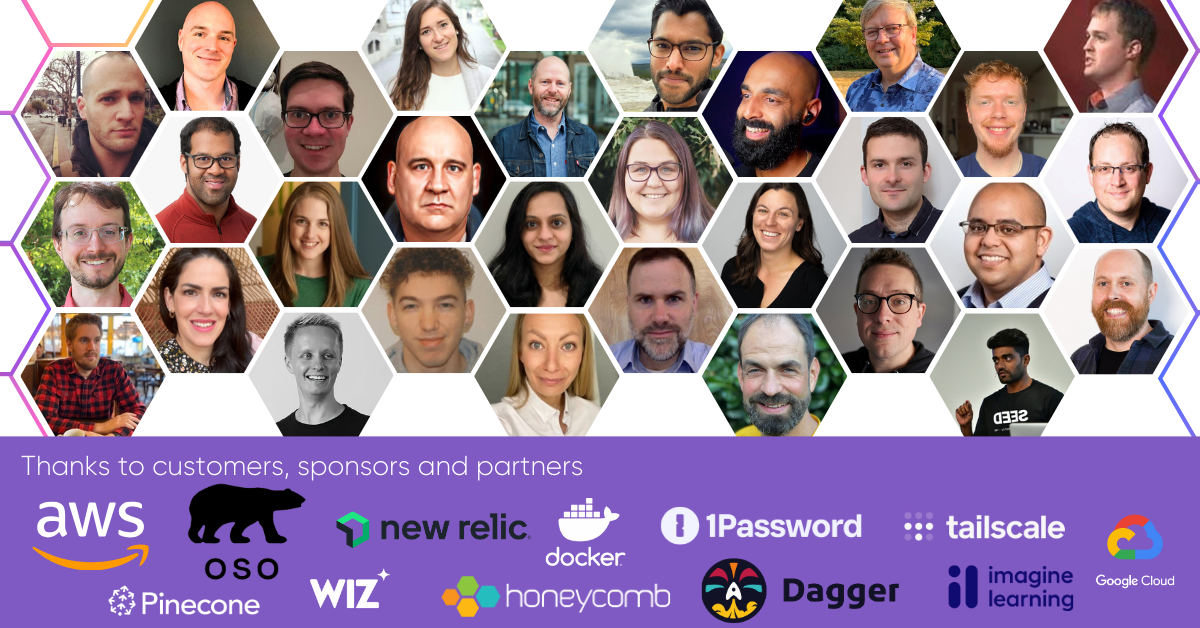How We Used Pulumi to Safely Migrate Oso's Global Infrastructure

Infrastructure as Code (IaC) tools such as Pulumi can provide enormous amounts of leverage, but they must be used correctly to also provide safety. One of our main jobs as infrastructure engineers is to not break things, so leverage without safety is useless. If something is safe, we can change things easily without even thinking about it. If it isn’t, we’ll be up until 2 a.m. fixing what we broke.









